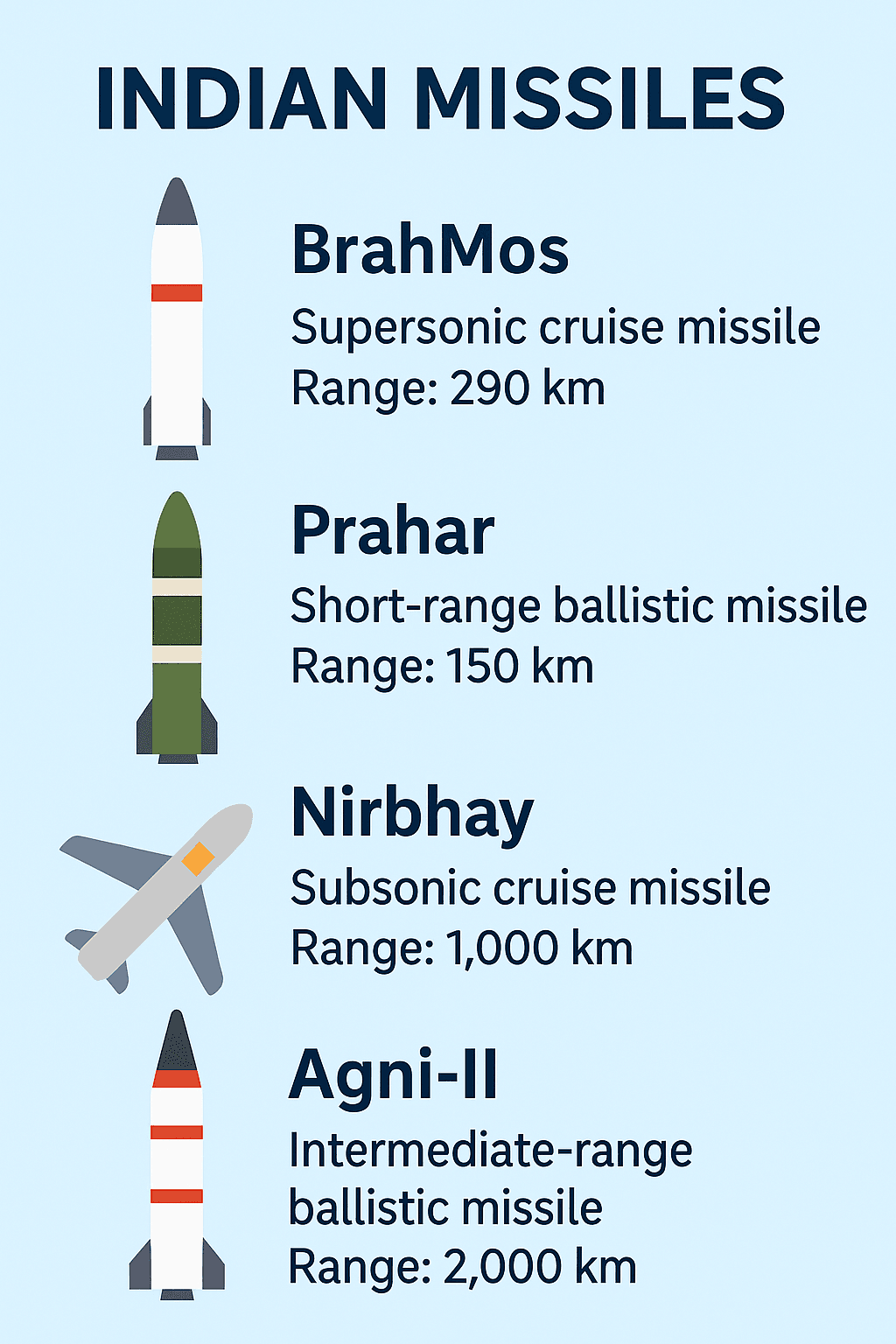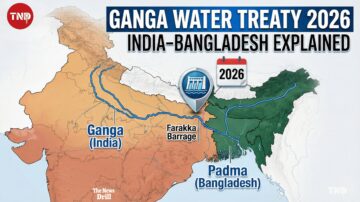📘 What is FDI?
Foreign Direct Investment (FDI) refers to investments made by a company or individual from one country into business interests located in another country.
- 📘 What is FDI?
- India’s FDI Landscape in FY 2023–24
- Key Policies and Reforms Attracting FDI
- 2. Make in India Initiative
- Government Schemes and Initiatives to Boost FDI
- Sectoral Liberalization and FDI Caps
- Infrastructure and Investment Facilitation
- Gujarat International Finance Tec-City (GIFT City)
- National Investment and Infrastructure Fund (NIIF)
- Benefits of FDI to the Indian Economy
- Way Forward: Strategies to Boost FDI in India
- Major Source Countries of FDI into India (FY 2023–24)
- Key Sectors Attracting FDI in India (FY 2023–24)
In India, FDI can occur through:
- Automatic Route: Investments that do not require prior approval from the government or the Reserve Bank of India (RBI).
- Government Route: Investments that require prior approval from the government.
FDI plays a crucial role in supplementing domestic capital, technology, and skills, thereby contributing to economic growth and development.
India’s FDI Landscape in FY 2023–24
Total FDI Inflows: India attracted $70.9 billion in FDI during FY 2023–24.
Equity Inflows: Of this, $44.4 billion were equity inflows.
Peak Month: The highest monthly inflow was in October 2023, amounting to $6 billion.
Key Policies and Reforms Attracting FDI
1. Production-Linked Incentive (PLI) Scheme
Launched to boost domestic manufacturing, the PLI scheme offers financial incentives to companies achieving specific production targets across 14 sectors, including electronics, pharmaceuticals, and automobiles. The scheme has been instrumental in attracting foreign manufacturers to set up operations in India.
2. Make in India Initiative
Introduced in 2014, this initiative aims to transform India into a global manufacturing hub by encouraging both multinational and domestic companies to manufacture their products within the country. It has led to significant FDI inflows, particularly in the manufacturing sector.
3. Startup India
Launched in 2016, Startup India focuses on promoting entrepreneurship by providing tax exemptions, simplifying regulatory frameworks, and facilitating funding support. This has created a conducive environment for foreign investors interested in India’s burgeoning startup ecosystem.
4. Ease of Doing Business Reforms
The government has undertaken extensive reforms to improve the business environment, including:
- Streamlining regulatory processes
- Reducing compliance burdens
- Enhancing transparency in business operations
- These measures have significantly improved India’s ranking in the World Bank’s Ease of Doing Business index.
5. Foreign Investment Facilitation Portal (FIFP)
This online portal serves as a single-window clearance system for FDI proposals, simplifying the approval process and enhancing transparency.
Government Schemes and Initiatives to Boost FDI
1. PM Gati Shakti
A national master plan aimed at developing integrated and seamless multimodal connectivity to economic zones, thereby improving infrastructure and reducing logistics costs.
2. National Industrial Corridor Programme
Focused on developing new industrial cities as “Smart Cities” and converging next-generation technologies across infrastructure sectors, this program aims to enhance India’s industrial competitiveness.
3. National Logistics Policy (NLP)
Launched to address cost inefficiencies and improve the competitiveness of Indian goods in the global market by developing a comprehensive logistics ecosystem.
Sectoral Liberalization and FDI Caps
India has liberalized FDI norms across various sectors to attract foreign investment:
- Defense: FDI cap increased to 74% under the automatic route and up to 100% through government approval.
- Telecommunications: FDI limit raised to 100%, encouraging more foreign participation.
- Insurance: FDI cap lifted from 49% to 74%, expected to bring substantial capital inflows.
- E-commerce: 100% FDI allowed in the marketplace model under certain conditions.
- Space Sector: Up to 100% FDI permitted through the automatic route, fostering a more inclusive environment for international investments.
Infrastructure and Investment Facilitation
Gujarat International Finance Tec-City (GIFT City)
A global financial and IT services hub offering tax incentives and a business-friendly environment to attract foreign investments.
National Investment and Infrastructure Fund (NIIF)
A government-backed fund aimed at attracting long-term capital for infrastructure projects, thereby facilitating foreign investment in key sectors.
Benefits of FDI to the Indian Economy
1. Capital Inflow: FDI supplements domestic capital, aiding in infrastructure development and industrial growth.
2. Employment Generation: Establishment of new businesses leads to job creation across various sectors.
3. Technology Transfer: Foreign investors bring advanced technologies and expertise, enhancing productivity.
4. Export Enhancement: FDI integrates Indian businesses into global supply chains, boosting exports.
5. Infrastructure Development: Investments in sectors like construction and power improve overall infrastructure.
6. Skill Development: Exposure to international business practices enhances the skill set of the workforce.
Way Forward: Strategies to Boost FDI in India
2. Infrastructure Improvement: Invest in robust infrastructure to support industrial and technological growth.
3. Sectoral Liberalization: Open more sectors to FDI and increase existing caps where feasible.
4. Ease of Doing Business: Streamline processes to improve India’s ranking in the Ease of Doing Business index.
5. Investment Promotion: Actively promote India as a preferred investment destination through global roadshows and summits.
6. Skill Development Programs: Implement training programs to ensure a skilled workforce that meets industry requirements.
| Rank | State/UT | FDI Inflow (USD Billion) |
|---|---|---|
| 1 | Maharashtra | 14.7 |
| 2 | Karnataka | 10.9 |
| 3 | Gujarat | 8.3 |
| 4 | Delhi | 6.1 |
| 5 | Tamil Nadu | 4.2 |
| 6 | Haryana | 3.4 |
| 7 | Telangana | 2.8 |
| 8 | Andhra Pradesh | 2.1 |
| 9 | Uttar Pradesh | 1.6 |
| 10 | Rajasthan | 1.1 |
| Rank | Country | FDI Inflow (USD Billion) | Share (%) |
|---|---|---|---|
| 1 | Singapore | 17.2 | 27% |
| 2 | Mauritius | 9.4 | 15% |
| 3 | United States | 8.6 | 13.5% |
| 4 | Netherlands | 6.5 | 10% |
| 5 | Japan | 4.2 | 6.5% |
| 6 | UAE | 3.9 | 6% |
| 7 | Germany | 2.5 | 4% |
| 8 | UK | 2.3 | 3.5% |
| 9 | Cayman Islands | 1.7 | 2.5% |
| 10 | France | 1.4 | 2% |
Major Source Countries of FDI into India (FY 2023–24)
| Rank | Sector | FDI Inflow (USD Billion) | Share (%) |
|---|---|---|---|
| 1 | Services Sector (Financial, Banking, Insurance, etc.) | 12.3 | 19% |
| 2 | Computer Software and Hardware | 9.8 | 15% |
| 3 | Telecommunications | 6.7 | 10% |
| 4 | Trading | 5.2 | 8% |
| 5 | Construction (Infrastructure activities) | 4.5 | 7% |
| 6 | Automobile Industry | 3.9 | 6% |
| 7 | Drugs & Pharmaceuticals | 3.3 | 5% |
| 8 | Chemicals (excluding fertilizers) | 2.1 | 3% |
| 9 | Electrical Equipment | 1.7 | 2.5% |
| 10 | Food Processing | 1.3 | 2% |
Key Sectors Attracting FDI in India (FY 2023–24)















